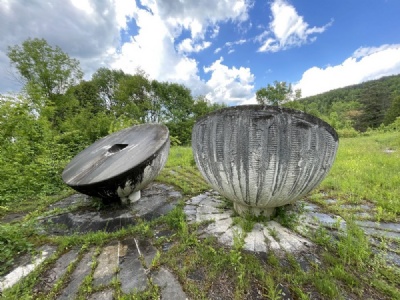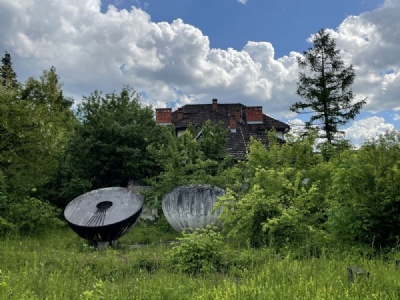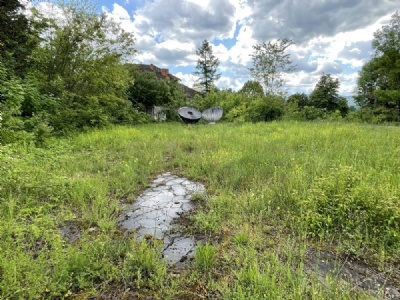Jasenica
After Yugoslavia was occupied by Germany and Italy in the spring of 1941, the independent state of Croatia (NDH) was founded under the leadership of Ante Pavelic and his ultra-fascist Ustasha movement. This puppet state consisted of parts of present Bosnia, Serbia and Croatia and had its headquarters in Zagreb. Like the Germans, they persecuted political opponents and were not far behind the Germans in cruelty. It was mainly Serbs who were subject to Ustasha’s purges, but also Jews, Roma and Tito’s communist partisans. Tito was the leader of the national liberation army that arose after Yugoslavia was occupied. They waged a partisan war and set up bases in remote areas. The partisans were feared and the Germans were reluctant to stay in or enter areas where they knew were infested with partisans. Captured by the partisans, no mercy could be expected. The Germans, on the other hand, formed special anti-partisan units with the purpose of finding partisan bases and killing (suspected) partisans wherever they could be found.
In 1942, Tito’s partisans began to recapture areas and in November 1942 they had liberated a small town called Bihac in northwestern Bosnia. Tito then founded the Bihac republic consisting of a political council called the antifascist council for the national liberation of Yugoslavia (AVNOJ). About thirty kilometres east from Bihac there is a small village called Jasenica, where Tito held a inflammatory speech before a gathering of partisans on January 7, 1943. Tito was on the run when he passed Jasenica, but in the speech he called for continued struggle and total victory over the fascist invaders. A few weeks after the speech, both Jasenica and Bihac were recaptured by the Germans. But by then, Tito and members of the AVNOJ had fled and the Bihac republic ceased.
Current status: Demolished (2025).
Location: 44°48' 11.32" N 16°15' 29.98" E
Get there: Car.
Follow up in books: Pirjevec, Joze: Tito and his Comrades (2018).



This was a monument and museum that was erected as late as 1979. The school was converted into a museum and the yard outside the school (where Tito held the speech) a monument was built consisting of two spheres with customary "difficult to interpret" symbolism. Busts of prominent partisans in the fight against the German fascists were also on display at the monument. A visitor center and a hotel were also built where people could stay to visit the many monuments in the area. However, during the civil war, monument, museum, visitor centre and hotel were destroyed and have since been completely dilapidated and abandoned. But that doesn’t mean it’s not worth a visit because one can always enjoy a walk around the ruins and trying to imagine how it would have looked in its heydays.